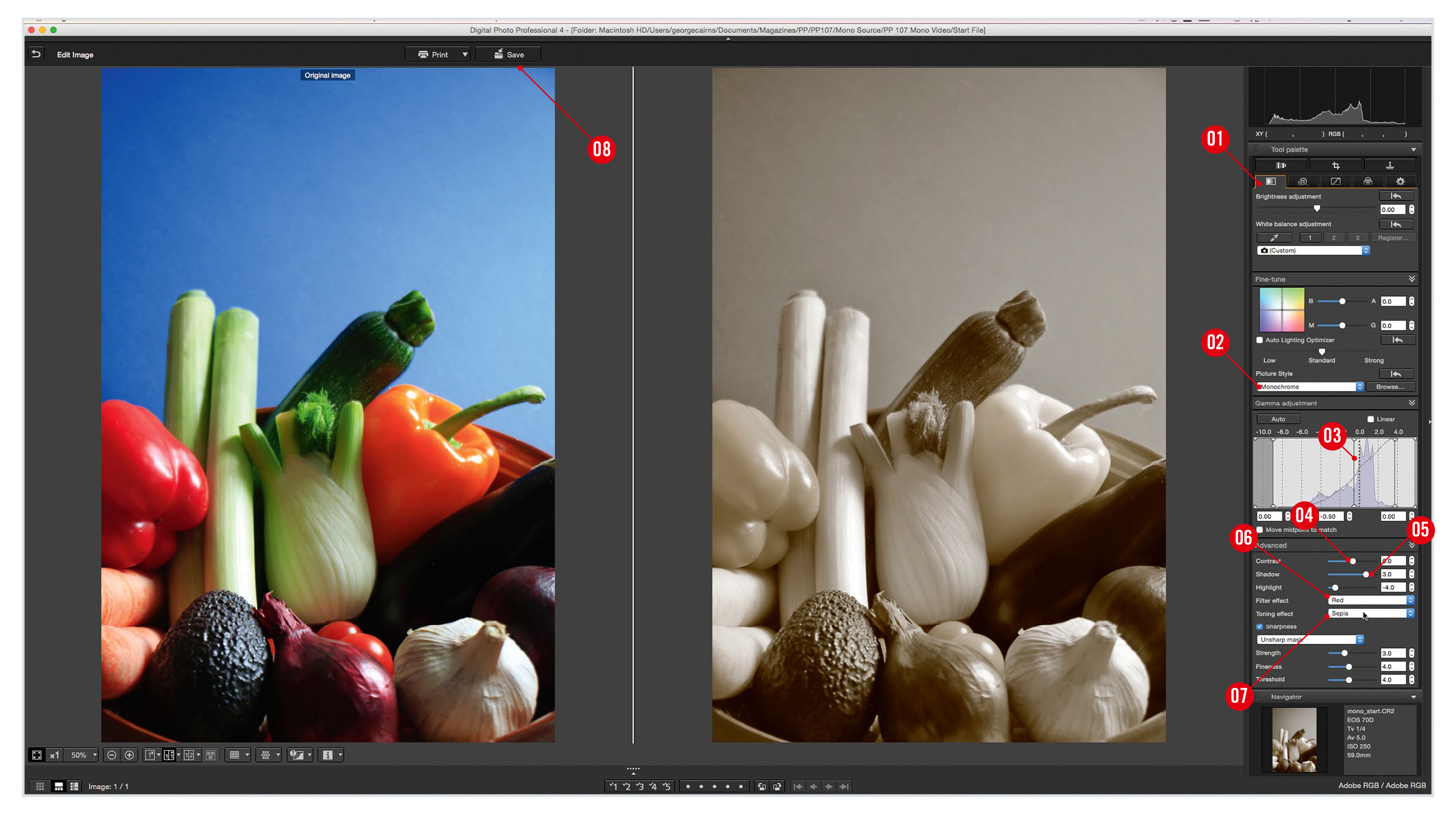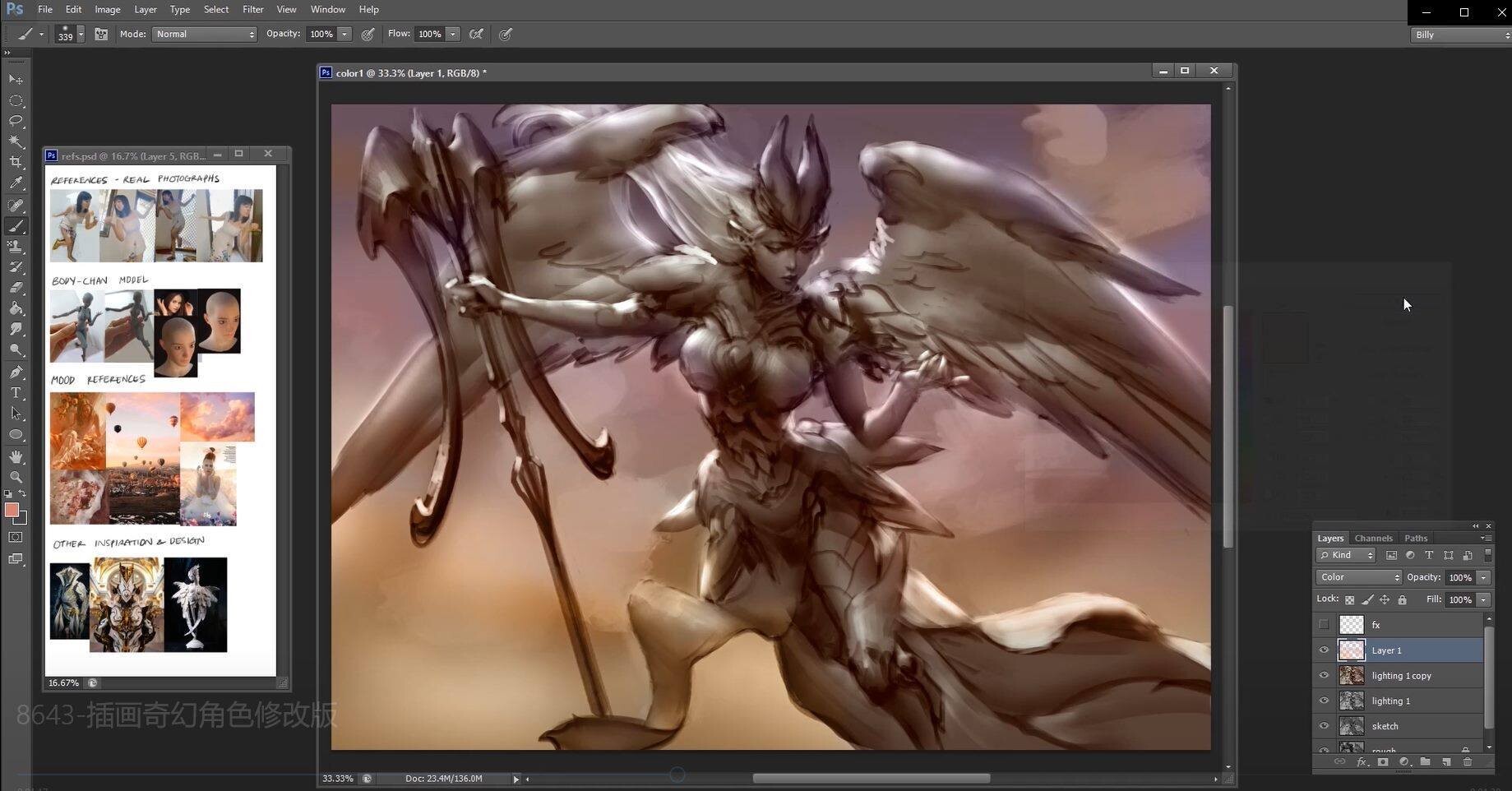

The Color Adjustment panel gives control over the hue (H), saturation (S) and lightness (L) of the eight colour channels. Then, when you open an image from the same shoot, click on the custom preset to get the white balance just right.Ĭanon Digital Photo Professional’s Color Adjustment panel Be sure to click on the Dropper tool to deselect it when you’re finished. If you have several images taken in the same light, tap ‘Register’ and save the adjustment to the custom values (1,2 or 3). Just select the Dropper and click on the neutral target to apply the adjustment. However, the Dropper tool is very useful if there’s something that should be neutral in your scene. The white balance drop-down box of presets in the Brightness Adjustment panel is the easiest way to change an image’s white balance and there are fine-tuning sliding controls. Check the website to see if your Canon EOS camera is compatible with the latest DPP.Digital Photo Professional enables you to fine-tune white balance for the colour temperature you need
#Digital photo professional 4 tutorial serial#
You can download this version of Canon's Digital Photo Professional software from Camon's site here Get Canon's DPP software but you’ll need your EOS camera's serial number. As well as Canon EOS R-system mirrorless cameras eg EOS R, RP, R5 and R6. Get the latest Canon DPP softwareĬanon's DPP 4.12.60 is the latest version (released 9 July 2020) and available for most current Canon EOS DSLR owners – eg EOS 2000D, 800D, 90D, 7D Mk II, 6D Mk II, 5D Mk IV and 1D X Mk III. Dragging it left claws back lots of missing highlight detail. This slider selectively targets and adjusts the brightest highlights without altering shadows or midtones. Here we’ve dragged it slightly left to make sure that our processed picture still has some bright highlights. Drag it right to reduce highlight brightness. This bar controls the strength of the highlights. Reduce the amount of overexposed highlights by dragging this slider left.ĭrag this vertical bar to the left to remap the midtone’s input levels to a lighter output level, reducing the amount of clipped shadows. In our example we chose a clipping threshold of 240. Pixels with a level between 192 and 255 can be designated as overexposed. You can adjust the threshold to display a wider range of highlights with a red clipping warning. You can then adjust the tone-tweaking sliders to reduce the presence of these clipped patches and restore missing tonal detail.


The Highlight/Shadow Warning enables you to see the brightest highlights as patches of red. Nina started her career in the retail sector of the photographic industry and. Here we placed the cursor over an overexposed white highlight in the image, which gave us a maximum level of 255 for the Red, Green and Blue channels. Digital Photo Professional 4 Especially written for Canon EOS users 2020 Revision DPP Version 4.12 y e l i a a B n i y NB inal image t ts. If you place the cursor over part of the photo you’ll see the precise level of the sampled area. Your photo’s tones are measured in a range of levels that run between 0 for pure black and 255 for pure white. Here, we can see that the brightest pixels at the right of the graph are peaking far higher than the midtones in the middle and shadows on the left, indicating that the highlights are very overexposed. The histogram in our annotation displays a more balanced range of highlights, midtones and shadows for the edited version of the image than in the histogram of the unedited image (below). Click the Edit Image button to access extra image-editing tools, such as the Histogram window, so that you can analyse the photo’s exposure problems with more precision.


 0 kommentar(er)
0 kommentar(er)
